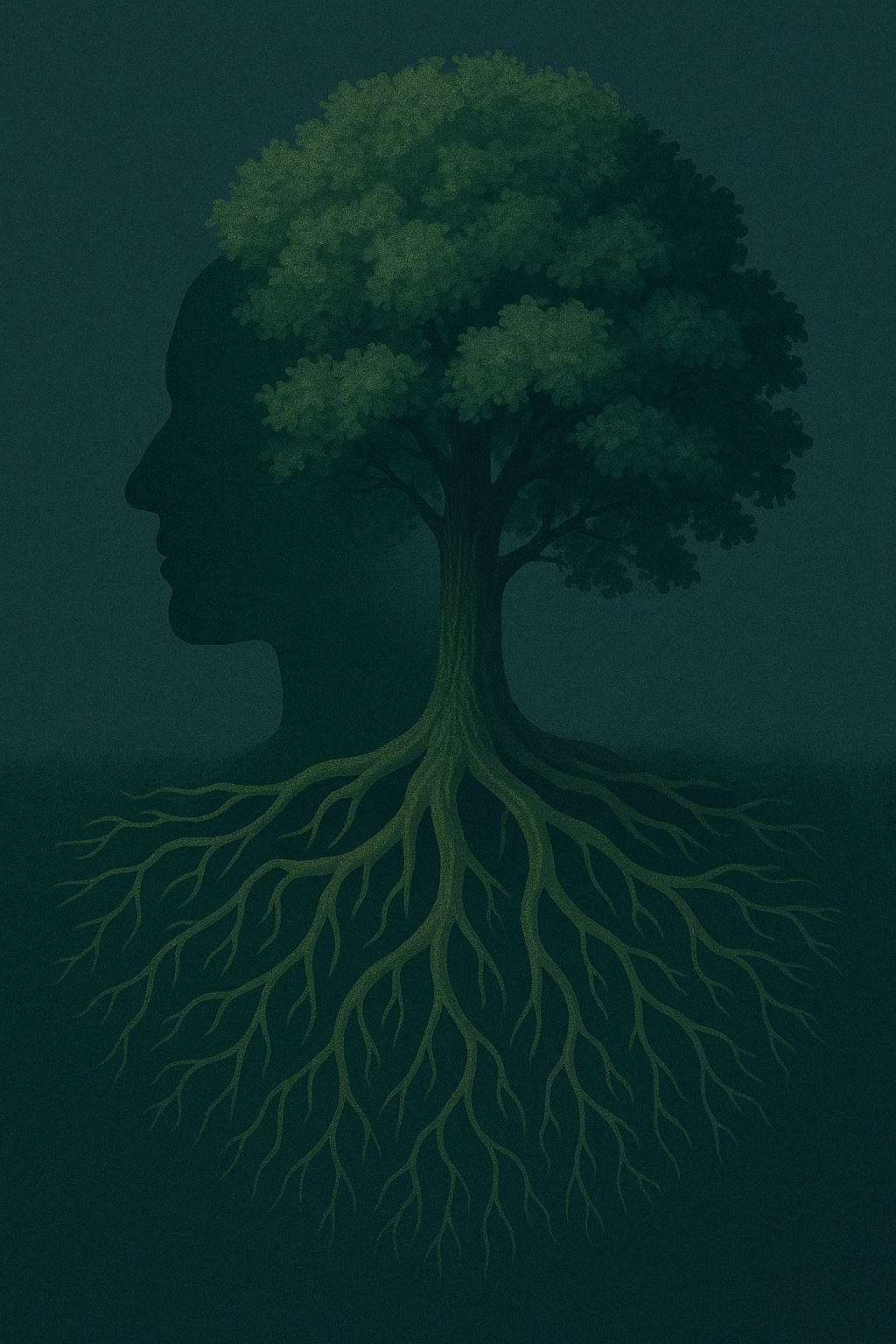Not Doing Things Better, But Doing Better Things
Inner and Outer Levers for Deep Change
We live in a time that prizes efficiency.
We want things to move faster, cost less, and run smoother.
We optimize, iterate, and scale. And yet, many of us are haunted by a sense that something deeper isn’t working.
That we’re getting better and better at solving the wrong problems.
There’s a phrase I keep coming back to:
Not doing things better, but doing better things.
It’s deceptively simple. In just 8 words, it asks us to stop fixing and start re-imagining.
To stop tinkering at the edges and start questioning the very foundation of what we’re building.
It’s an invitation to slow down, to zoom out, and to consider what really matters.
Inner and Outer Levers
Any system, whether a school, a government, or a relationship, can be changed in two ways: by altering its external structure, or by shifting its internal logic.
The outer levers are the visible ones: policies, budgets, technologies, organizational charts.
They’re what we usually reach for when we want to create change.
But there are also inner levers: the mindsets, values, and emotional patterns that shape how we design and respond to systems in the first place.
…
Consider a tree. Policies and programs are the branches. The visible structures. The outer levers. The beliefs and assumptions are the root system beneath. The inner levers.
You can prune branches forever but unless the roots change, the tree will keep bearing the same kind of fruit.
Real transformation comes from nourishing a different root system altogether.
It requires both the roots and the branches. The inner and outer. Heart and structure.
Comments are open. If you’ve got something to say or want to share what stood out to you, I’d love to hear it.
Five Practices for Deep Change
Here are five practices, five ways of being and acting, that support deep change.
Rather than a checklist, they are meant to be ways of moving through complexity with clarity and integrity.
1. Move upstream.
When something’s broken, our instinct is to fix the part we can see. But often, the real causes lie further back — at the source. Moving upstream means asking deeper questions. Not just how do we reduce emissions? but what kind of culture makes it inevitable?
What is the real source of this problem?
2. Align incentives.
What we measure becomes what we value. And what we reward becomes what we reproduce. If our metrics prioritize speed over quality, growth over equity, convenience over care, we shouldn’t be surprised when our systems deliver exactly that.
Are we rewarding the change we actually want?
3. Challenge assumptions.
Systems persist because their logic becomes invisible. We stop noticing the water we’re swimming in. Challenging assumptions isn’t about being disruptive for the sake of it. It’s about naming the “of course” statements that shape what we build, reward, and ignore. Once we can see them, we can begin to choose differently.
What unspoken logic is driving this, and is it still serving us?
4. Widen the lens.
The closer we get to a problem, the more overwhelming it feels. But when we widen the frame, we can start to see its context. Its history, its relationships, its ripple effects. We stop seeing problems as isolated events and start seeing them as symptoms of larger patterns.
What becomes visible when we take a wider view?
5. Choose legacy over urgency.
We live in a culture of reaction— of immediate returns and short-term wins. But real change often moves slowly, like soil building. Like trust growing. Like healing. Choosing legacy means acting not just for now but for what we want to leave behind.
What kind of ancestor does this choice make me?
Becoming the System that Changes
We are living at a hinge point. The old scaffolding is groaning. Cracks in the wall are letting in light. Some of us are patching holes. Some are trying to hold it all together.
And some are gathering earth, water, and seeds. Starting to build something else entirely.
None of this is easy, but it is possible. We each inhabit many systems: families, workplaces, communities, and economies.
And in each of those, we have the chance to ask different questions. To make different choices. To bring not just our skills, but our presence.
Our values.
Our humanity.
Because in the end, our systems change when we do. 🤍
I write for free, once or twice a week, but the real joy is hearing from readers. You’re always welcome to respond. Hit 'reply' or send me a message below.






Yes, less fix, more dig,
question tenets, search for source.
Dare deep change practice.
...
Zoom out, not zone out,
work on wise wonder, wider.
Zoom in, not just skim.
...
Look ahead, long term,
learn essential elements.
Difficult. Worth it.
Thanks for sharing this with your dancing group. I am truly inspired by your reflections. ❤️